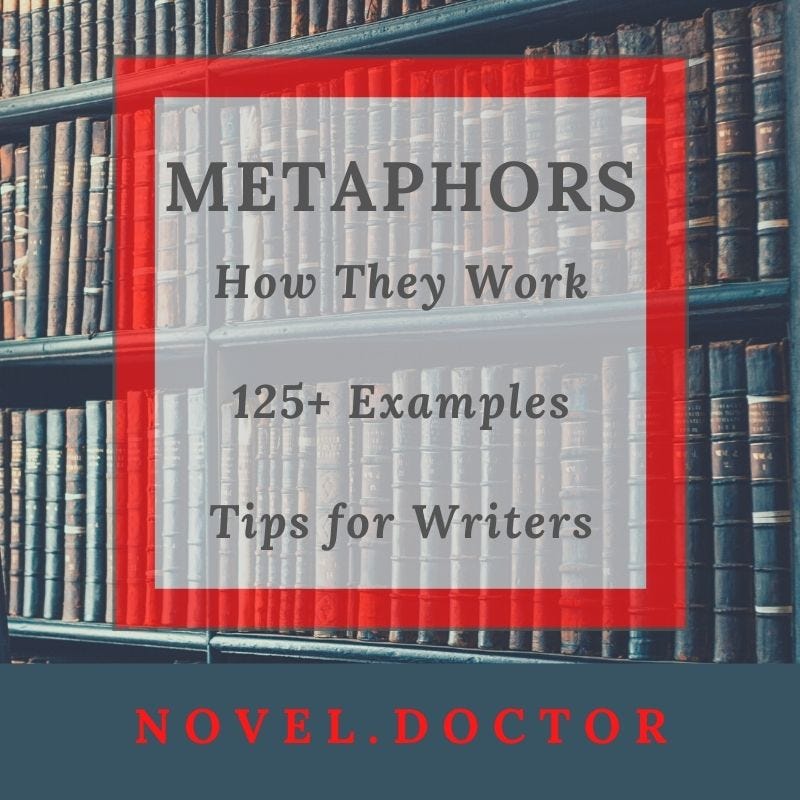How to Use Metaphors in Writing — 3 Essential Tips for Writers
Avoid Clichés, Compare Logically, Ditch Purple Prose
Writers are naturally drawn to metaphor, as this is one of the key tools in the writing toolbox. Here are a few tips to help you use metaphors effectively.
1. Avoid Common Idioms and Clichés
Part of the reason that lists like the ones above exist is that most writers know about these comparisons. If you wish to be original, then you would do well to avoid re-using common metaphors that famous writers like William Shakespeare, George Eliot, and Toni Morrison have already used.
Using clichés in your writing will bore your readers and lead them to find more original, inspired writers to read. Here’s one helpful list of clichés you’ll want to avoid in your writing.
2. Compare Logically
A metaphor compares two dissimilar things. While these things should on the surface be very different, they must share some sort of detectable common attributes. Don’t compare two things that just can’t be compared. The metaphor should make some sort of logical sense to the reader.
For example, if you wanted to use a metaphor to describe the rhythmic sound of a drum, it would make sense to compare this to another thing with a rhythmic motion, such as a heartbeat or waves. But it would not make sense to compare a drumbeat to oil sitting in a pan, or a still pool of water. The connection has to exist for you to use it in your work.
Make your metaphors easy to understand so a reader can quickly grasp your point.
3. Avoid Purple Prose with too many metaphors
It is possible to over-use metaphors. Storytelling that launches into metaphorical descriptions without a good grounding in plot and the basics of character description turns into “purple prose” — writing that is full of colorful images but without a sense of momentum or purpose.
Your writing slows down when you use too many metaphors or use them in the wrong way. If you over-use the metaphorical toolset, you risk boring your reader.
Furthermore, if you use too many metaphors, this actually lessens the impact of each metaphor, since they’ll all start to blend together and each one will become less memorable on its own.
If your prose seems over-loaded with metaphors, try to strip down the description to the bare bones, and only use a metaphor that helps us to experience the scene in a new light. If the bare bones description works without a metaphor, it’s always wise to leave it out.
Less is more in the use of metaphors!
Read on for a list of 125+ metaphor examples >>




